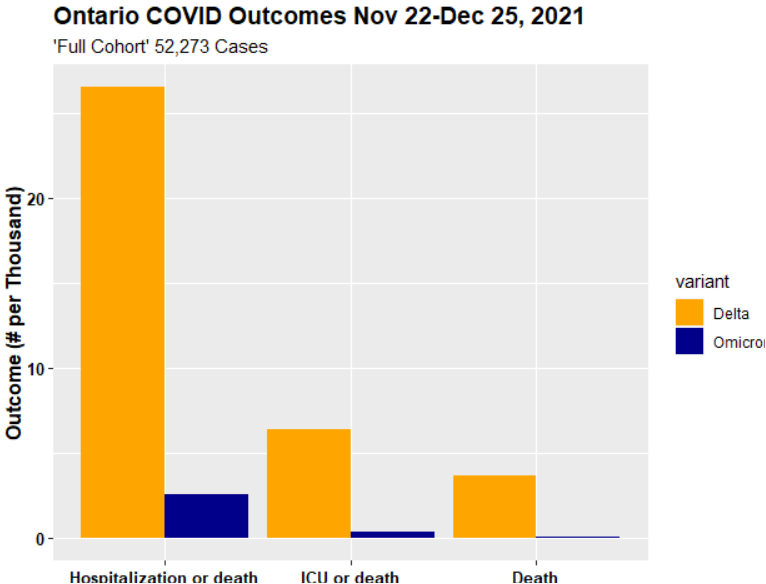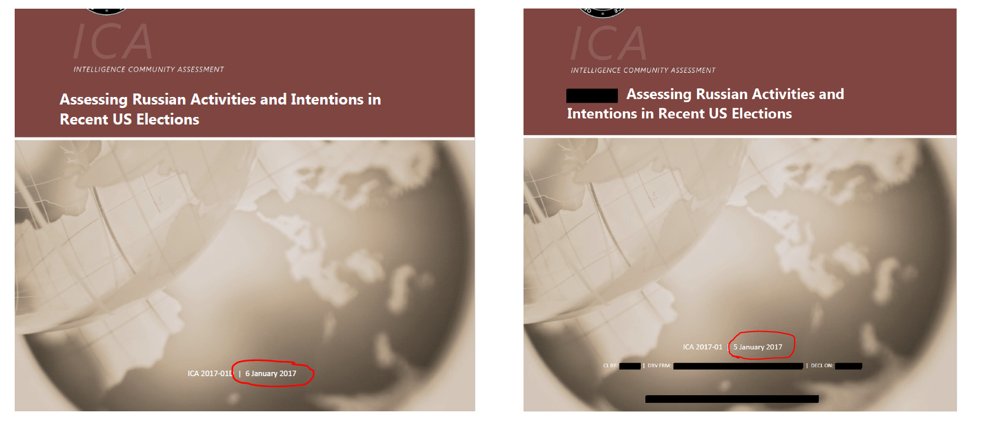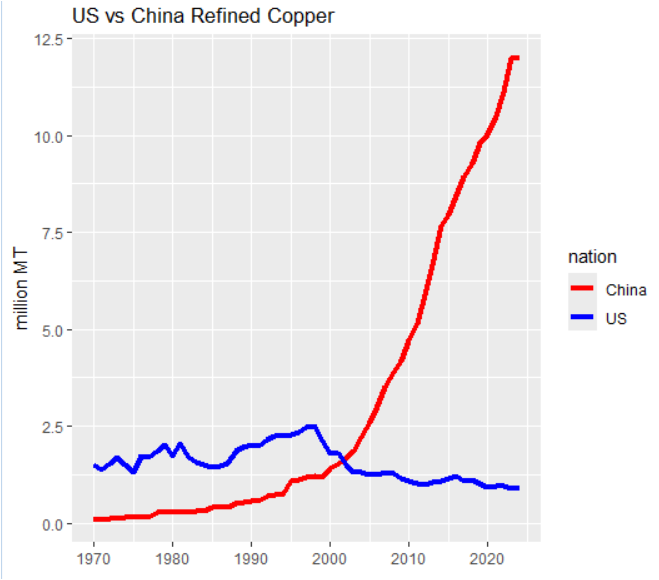in response to recent threads in which I showed actual vax and unvax case counts (not just per million), I've been abused by many commenters for my supposed failure to understand "data science 101" - that ONLY per million matters and only a moron would look at counts. 

2/ I suspect that most of the abusive commenters are much younger than me and thus fail to consider why actual counts of fully-vax cases are of particular concern to someone who is fully vax and in a vulnerable age group (like me.)
3/ Nearly every 80+ and 70+ in Ontario was fully vax in Dec; yet there was unprecedented explosion of cases among seniors in mid-Dec. This is NOT due to almost non-existent unvax seniors. I wish it were. Yes, the few unvax are at more risk. But they arent causing senior caseload 

4/ while there is always much publicity whenever a young person dies of COVID, nearly all COVID deaths come from seniors. Similarly with ICU occupancy, though it is skewed somewhat younger.
5/ So the increase in senior COVID cases is a metric that is very policy relevant, given the ostensible concern about ICU crowding and deaths.
6/ complicating analysis in Ontario is that, despite Omicron publicity, there appears to have a Delta sub-wave, which, through December 25, had caused nearly ALL severe results, despite as much or more Omicron cases. An excellent study by Ontario govt:
publichealthontario.ca/-/media/docume…
publichealthontario.ca/-/media/docume…

7/ this careful and professional study by Ontario govt ministry has received far less attention than COVID doomcasting from Science Table academics. Fortunately @rupasubramanya wrote excellent article in National Post nationalpost.com/opinion/rupa-s…
8/ @rupasubramanya noted that ICUs in UK were not being stressed - even slightly - by Omicron, despite case levels per capita that were up to 4 times higher than in Ontario. So why were Ontario ICUs under stress not being experienced in UK? A question relevant to some US states.
9/ she found answer on Table 1 of the Ontario govt study mentioned above. It examined 52,273 cases between Nov 22 and Dec 25, 2021 (22679 Delta; 29594 Omicron). This was more than 50% of all cases in that period. I'm interested for now in "full cohort" comparison. 

10/ Now look at the reported outcomes: hospitalizations, ICU and deaths were 10x, 28x and 36x more prevalent with Delta than Omicron in the "full cohort". These ratios were much reduced in the "matched" cohort, but still ranged from 3-7x. 

11/ another important observation in technical article (not specifically discussed in Nat Post article): unvax constituted 13.5% of Omicron cohort (close to their proportion of Ontario adults) but 45.2% of the Delta cohort. 

12/ there's lots to digest here. The situation has changed dramatically over past three weeks. This study only gets a first glimpse of the present wave. Without similar data up to date, we don't know whether present ICU pressure is due to continuation of a Delta sub-wave
13/ Delta sub-wave, or whether it's due to greater virulence of omicron than observed in this study (and in other jurisdictions.)
13/ here's a simple bar chart illustrating the difference in severe outcomes between Delta and Omicron in full cohort in Ontario study. Outcome expressed as # per thousand cases. 

14/ this shows distributions of Delta and Omicron cases Nov 22-Dec 25 by vax status, relative to vax status of adult population. Omicron distribution fairly close to population dist'n (i.e. little case protection), but significant case protection against Delta. 

• • •
Missing some Tweet in this thread? You can try to
force a refresh

























